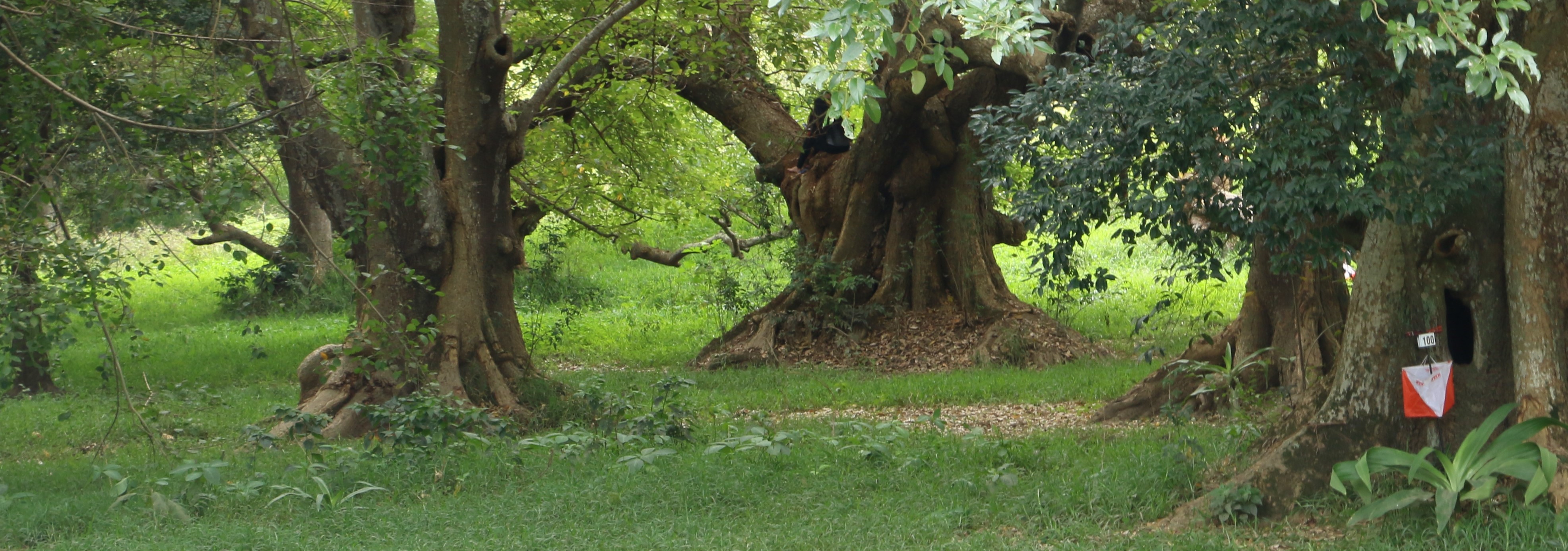It’s the most popular in New Caledonia, orienteers use a map, a compass and a pair of trail shoes. The race is often in full nature on a land adapted to the activity.
At a high level, foot orienteering is quite challenging. Orienteers run on uneven land which require physical abilities and agility. Relying on maps made specially for orienteering really detailed and uncovered only at the time they start their race, orienteers have to choose thoroughly though swiflty the best way to join each control. The fastest one wins the race.
Participants have different start times, so that they do no influence each other. Usually a participant leaves every two minutes. An electronic equipment will check that the runner did all the compulsory controls in the right order. In case of a missed punch (MP), the orienteer is out.
There are few different race formats:
Sprint
- Fast run of less than 3km with a winning time of less than 20 min. Usually goes around urban areas or parks with a lot of paths and buildings.
Middle Distance
- The most common one, with a winning time just under an hour, on a 3 to 8 km run depending on difficulty, in nature.
Long Distance
- The post physically demanding one, with a winning time around 90 min, for 6 to 15 km, depending on the difficulty.
Relay
- Run in teams of three. Each member runs a leg, usually a sprint format race. This event has a mass start, with all first leg runners starting at the same time, with controls differing between runners.
Score
- The aim is to punch a maximum of controlsbin a fixed time (usually 30 min or 1 hour depending on the category),. Each control gives a certain number of points depending on the difficulty to reach the control and its distance. A maximum of points has to be done in the specific time as every late arrival is penalized with negative points. The controls are placed on the map with no pre-established itinerary, the difficulty resides in finding the best one.
